Before the concept of paparazzi became what it is today – swarms of faceless, Hollywood-hungry fools with digital cameras, no clout and even less class – Ron Galella was sneaking into parties via dumbwaiters, snapping shots of Madonna, Bowie and Liza dancing post-rails at Studio 54, and relentlessly stalking Jackie O. outside her Upper East Side apartment.
An opportunist and workaholic, Galella scrabbled his way up the twisted ladder, eventually becoming the photographer of celebrities – a distinction that may not have been sanctioned but was definitely recognised. He’s been beaten to a pulp by Marlon Brando (after which he wore a football helmet when Brando was around), sued by Jackie O. and barred from dozens of exclusive clubs while at the same time being incredibly valuable to the industry because, from the 1960s through the 1980s, literally no one was doing what he did. During this period, his work appeared regularly in Time (which deemed him the “godfather of US paparazzi culture”), Harper’s Bazaar, Vanity Fair, Vogue and People. He captured intimate moments no one else had the balls to even attempt to photograph.
Videos by VICE
Today, at 81, Galella has seen everything the glamourous world of movie stars has to offer, and he’s got it all documented and catalogued. The basement of his New Jersey mansion is overstuffed with meticulously categorised shots of everyone from Andy Warhol to Elizabeth Taylor to Goldie Hawn to Elvis Presley. He’s currently working on a book about Jackie O., his greatest obsession, but he took a break to talk to us about his long years of shoving cameras in famous faces and graciously offer a selection of unpublished photos from his archives.
A candid shot of Ron surrounded by his decades of candid shots. Portrait By Benjamin Wlody.
VICE: Do you consider your work invasive?
Ron Galella: Well…
I have to ask, considering you’ve been punched and sued more than a couple times.
[laughs] I’m controversial, you see. Some celebrities think they are private, like Jackie Onassis. She thought she was private. But in public areas you are fair game. She was a hypocrite in a way, because she liked it, too. My greatest picture of her is “Windblown Jackie.” She had no makeup, no hairdo, natural pose, natural person. I was photographing this model Joyce Smith in Central Park near Jackie’s house. When we were leaving the park, I spotted Jackie. She didn’t see me, but I followed her to the corner of 85th and Madison and hopped in a cab. If I had followed her on foot, she would have spotted me and put on her sunglasses, and I don’t like that kind of shot. My taxi driver blew his horn; I think he was interested in looking at Jackie. When the horn sounded, Jackie turned and looked right at the cab. I got the shot. Then I got out of the cab and gave Joyce Smith another camera so she could get some shots of me going after Jackie.
Why were you so obsessed with Jackie O.?
There were a lot of reasons: Physically she was beautiful, with big, wide eyes. She had a whispering, soft, little-girl voice like Marilyn. The biggest factor, which creates glamour in any woman, was that she had mystique. She was mysterious. She was quiet. She only gave three interviews her entire life. Mystique is what is lacking in most celebrities today. Everyone is so quick to expose themselves; it’s vulgar. When there is mystery we want to know more. It leaves something to be desired.
When did you start working as a paparazzo?
I had no money for a studio coming out of art school, so I just shot on location. The world was my studio. It was necessity. I would shoot celebrities in their environment: at events, the airport… Of course, with Jackie, I would just wait outside her doorstep and she could take me anywhere. When I shot, my style was very candid, spontaneous and unrehearsed. My letterhead even says, Photography with the Paparazzi Approach. I wanted real emotions. Whereas today, it’s all posed. At a premiere, the paparazzi just yell the celebrities’ names; they want the celebrity looking into their camera. I never wanted that. I wanted people doing real things. That’s what makes great pictures: genuine emotions. We want to see celebrities in human situations, so we can say, “Look, they are just like us!” It tells a story when they’re doing things. A posed picture says nothing.
Perhaps your most infamous “studio” was Studio 54.
It was a great place because it was like a movie set. It had tremendous flashing lights, loud music and people dancing. Great stars were there to meet other stars. The owner, Steve Rubell, would invite any celebrity who was in town over to Studio 54 for free drinks, wine and drugs. He was very smart.
That’s a type of marketing that just doesn’t exist anymore.
Steve loved publicity so he invited the press in. He did bar me twice, though. The first time was because of a photo I took of Ali MacGraw dancing intimately with Larry Spangler. She had no bra on, and her nipples were showing. I took a photo, which ended up in Playboy, and Steve said Ali was upset about it. He lied. I know Ali and communicated with her about the photo. She liked the picture; she didn’t care. Steve was always picking on me because I was more famous than the other photographers.
How about the second time?
The second time he barred me, it was for life. Group W [a news team] was in town doing a piece on me. I suggested they come out and see me in action. We went to an opening of Robin Williams at the Copacabana. Everyone was there, including Steve, so naturally he invited everyone back to Studio 54. Steve told me that I was only allowed to shoot stills – Robin Williams didn’t want any TV coverage. So Robin is dancing with his wife, I’m taking photos of them and the TV crew is filming me. Steve comes barreling over, screaming, “Now you’ve done it! I want the film!” He demanded the film from the crew and myself. I knew it was trouble. So I snapped a photo of Steve all angry and got out of there. He yelled after me, “You’re barred again!” [laughs] The police came and took the crew and Steve to the police station. They released everyone, but they kept Steve in jail for 33 hours because he had prior violations. He held that against me forever.
Didn’t constantly being kicked out of places become a drag?
No. I’m an opportunist. I don’t give up. I’d crash anything. I’d often sneak in through the kitchen at ballroom events. Security would eventually catch me. I’d cooperate and pretend I was leaving by pushing the elevator button. They’d leave and I’d sneak right back in through the kitchen. Sometimes I’d go to the chow line and eat, cool it out for a while.
What’s your opinion of the paparazzi today?
It’s terrible. When I did it in the 1960s and 1970s it was one-to-one. There was no gangbanging like there is today. It’s out of control now. I’m glad I’m not doing it. Nowadays, anyone can be paparazzo. In fact, CNN just laid off a bunch of photographers because they can just get cell-phone photos for free or very cheap from almost anybody.
Do you find that celebrities just aren’t as interesting to photograph today? Everyone has plastic surgery, and it’s almost like there are no imperfections, no distinctions between stars.
Just last night I was watching Lindsay Lohan on television. Her cheeks were bulging! I think surgery can be OK when you need it. When you have a bad chin, fill it in with plastic. I don’t like women with big boobs, though. I’m a butt man. The sexiest part of a male or a female is the butt. Gene Kelly had a real tush, and that Jennifer Lopez, too.
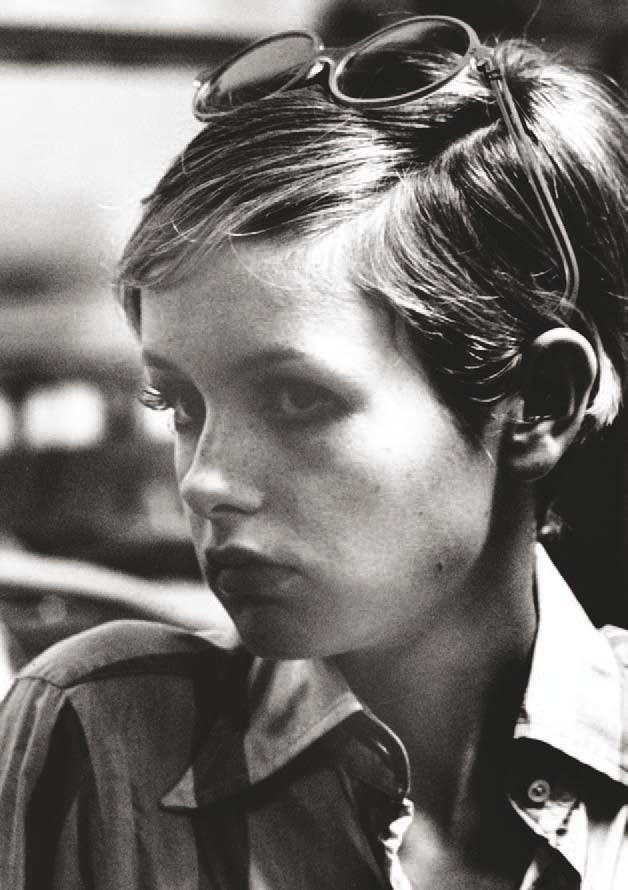
The supermodel Twiggy looking uncharacteristically natural on August 28, 1967, at Bert Stern’s Studio in New York.
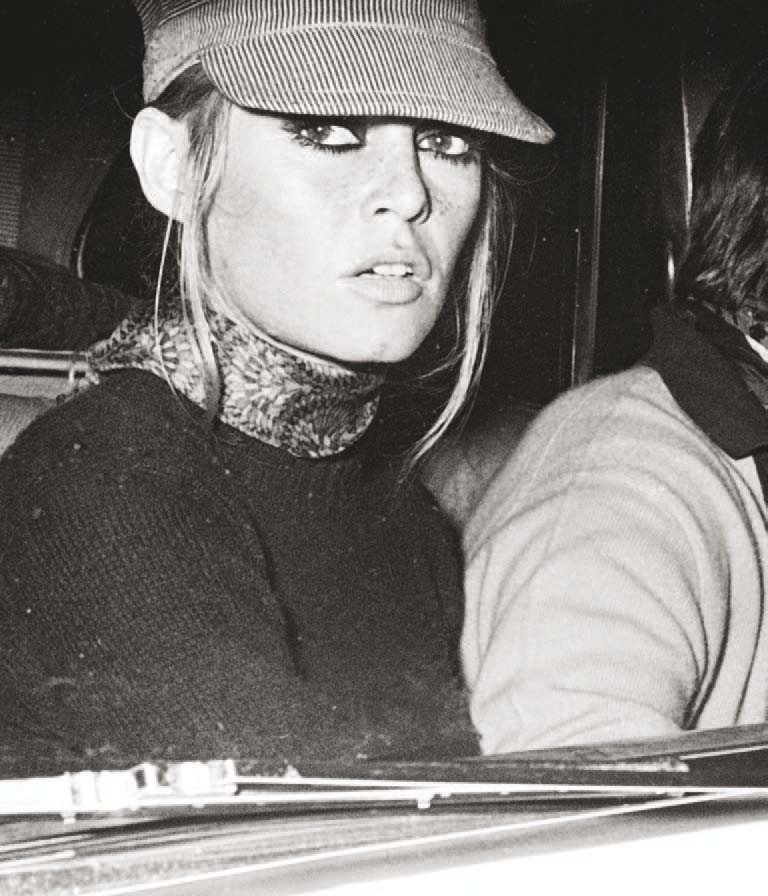
Brigitte Bardot—perhaps trying to be incognito in her hat—on September 1, 1968, at the Zoom Zoom Club in Saint-Tropez, France.

Jackie and Ari Onassis seen through a rainy window on November 14, 1970, at La Côte Basque in New York City.
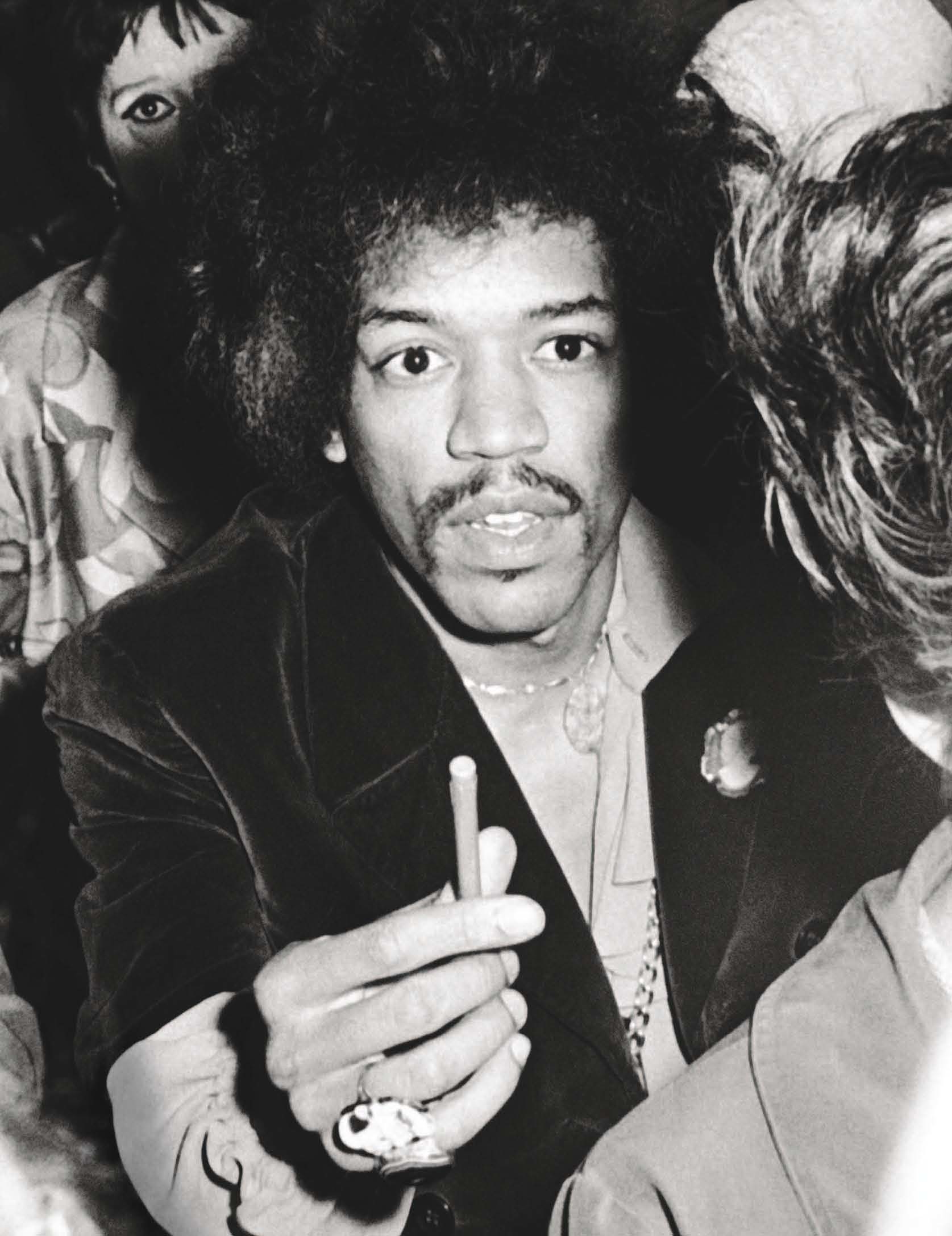
Jimi Hendrix in the crowd at the Martin Luther King Jr. Benefit Concert at Madison Square Garden on June 28, 1968.
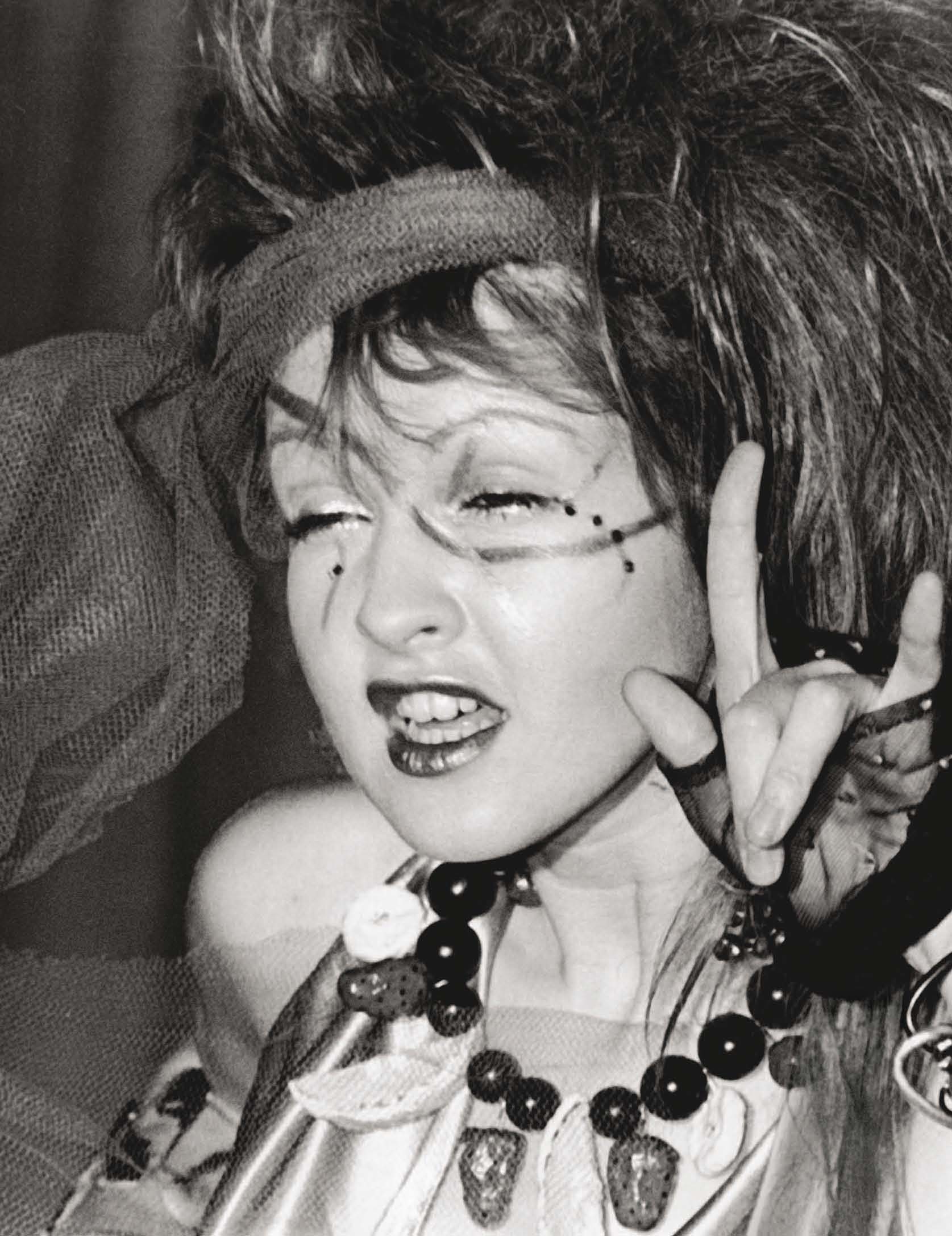
Cyndi Lauper looking suitably new-wave (and suitably soused) at the after-party for the 1984 Grammy Awards at Rex II Restaurant in LA.
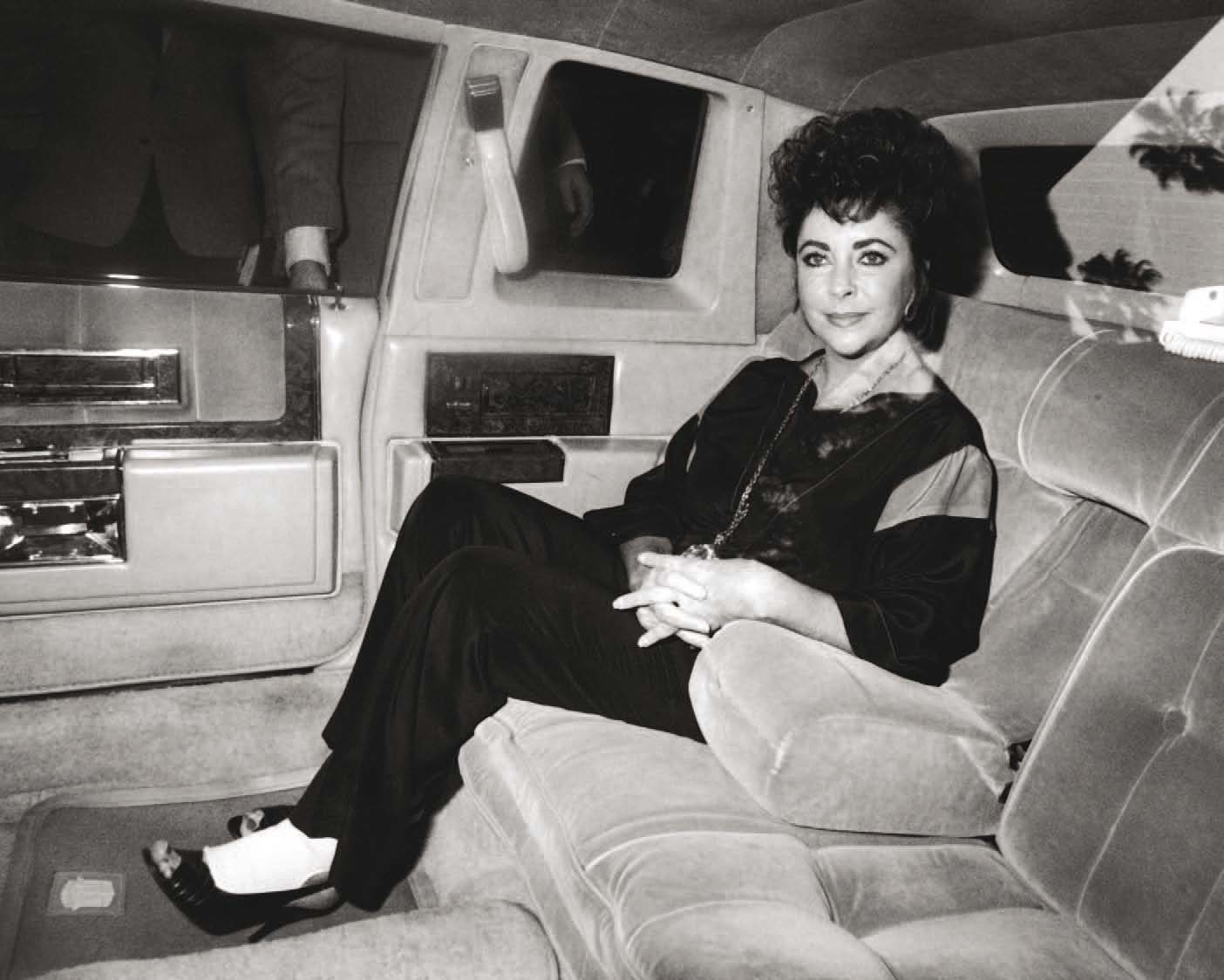
Elizabeth Taylor having a brief moment of privacy before attending a performance of Private Lives at the Lunt-Fontanne Theatre in New York in 1983.
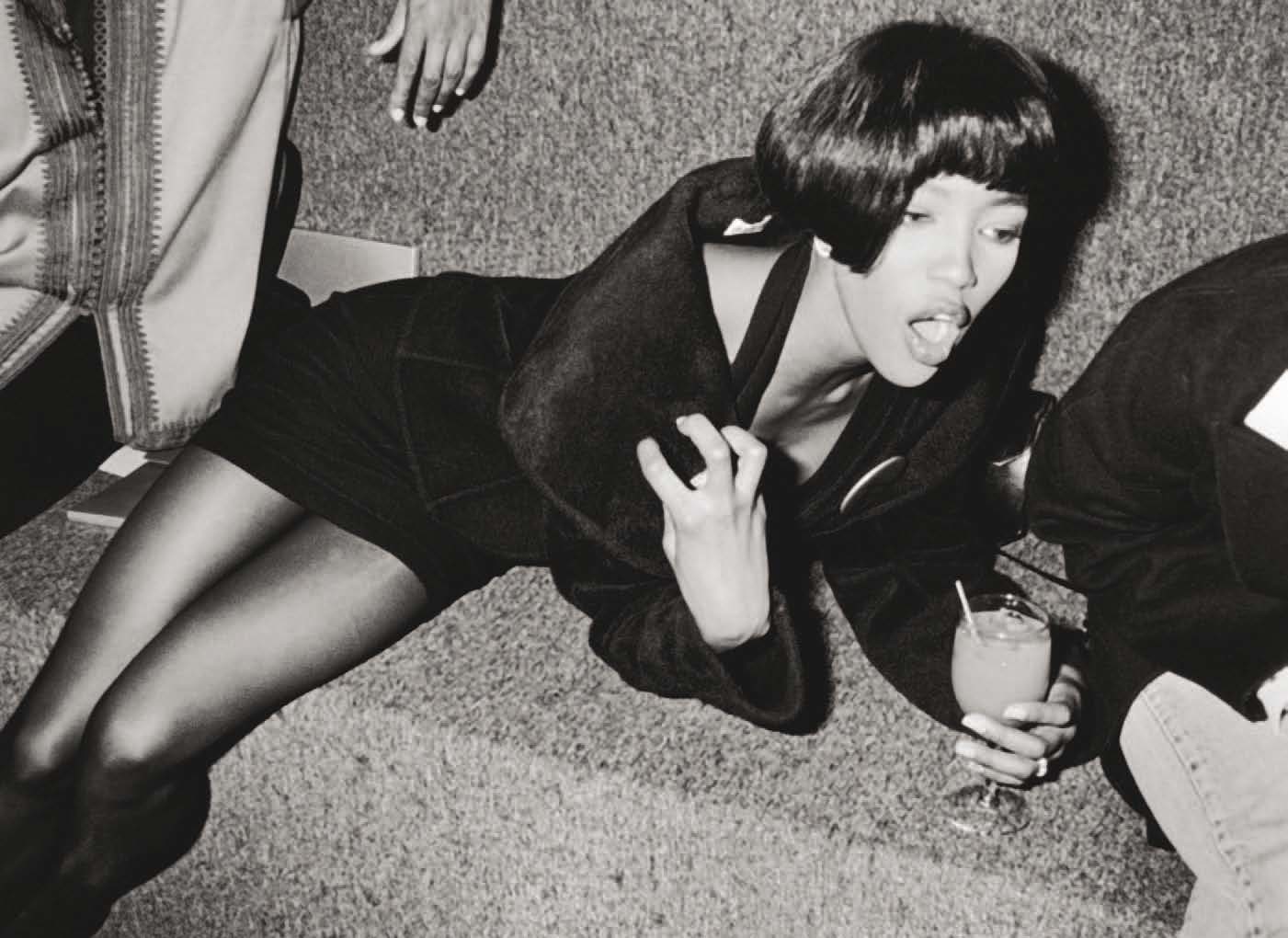
Naomi Campbell in mid-conversation at the Tanqueray Sterling Ball Benefit for AIDS Coalition on November 9, 1989, at the Sand Factory in New York.
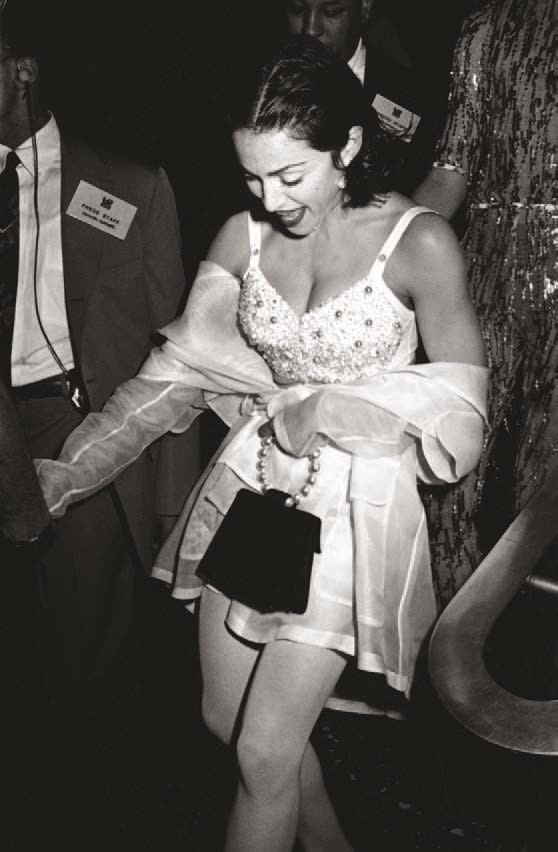
Madonna—dressed very, very modestly by her standards—attends the clumsily named Love Ball 2 Benefit for Design Industries Foundation Fighting AIDS on May 22, 1991, at Roseland in New York.
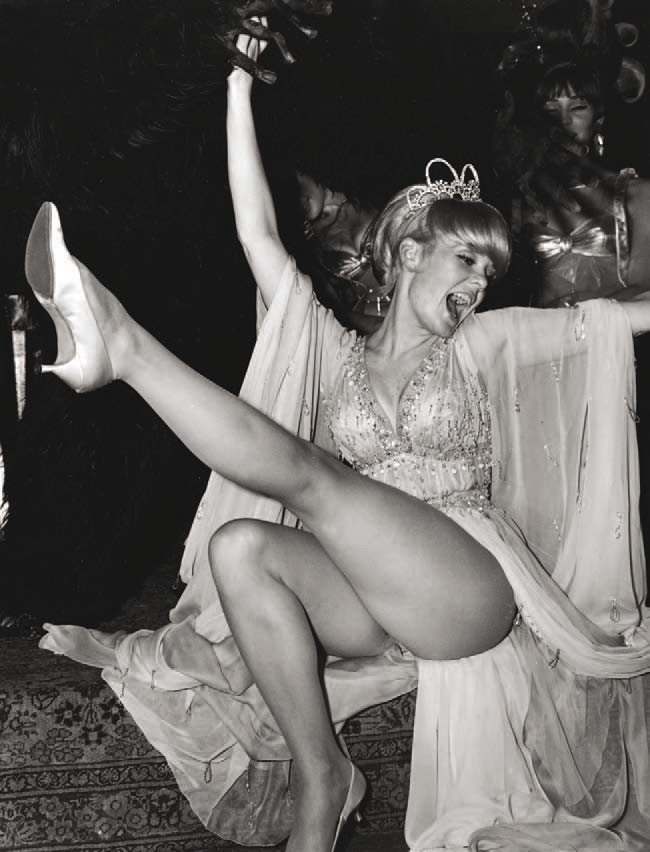
Joey Heatherton kicking up her heels at the Artists & Models Ball on November 19, 1966, at the Biltmore Hotel in New York.




